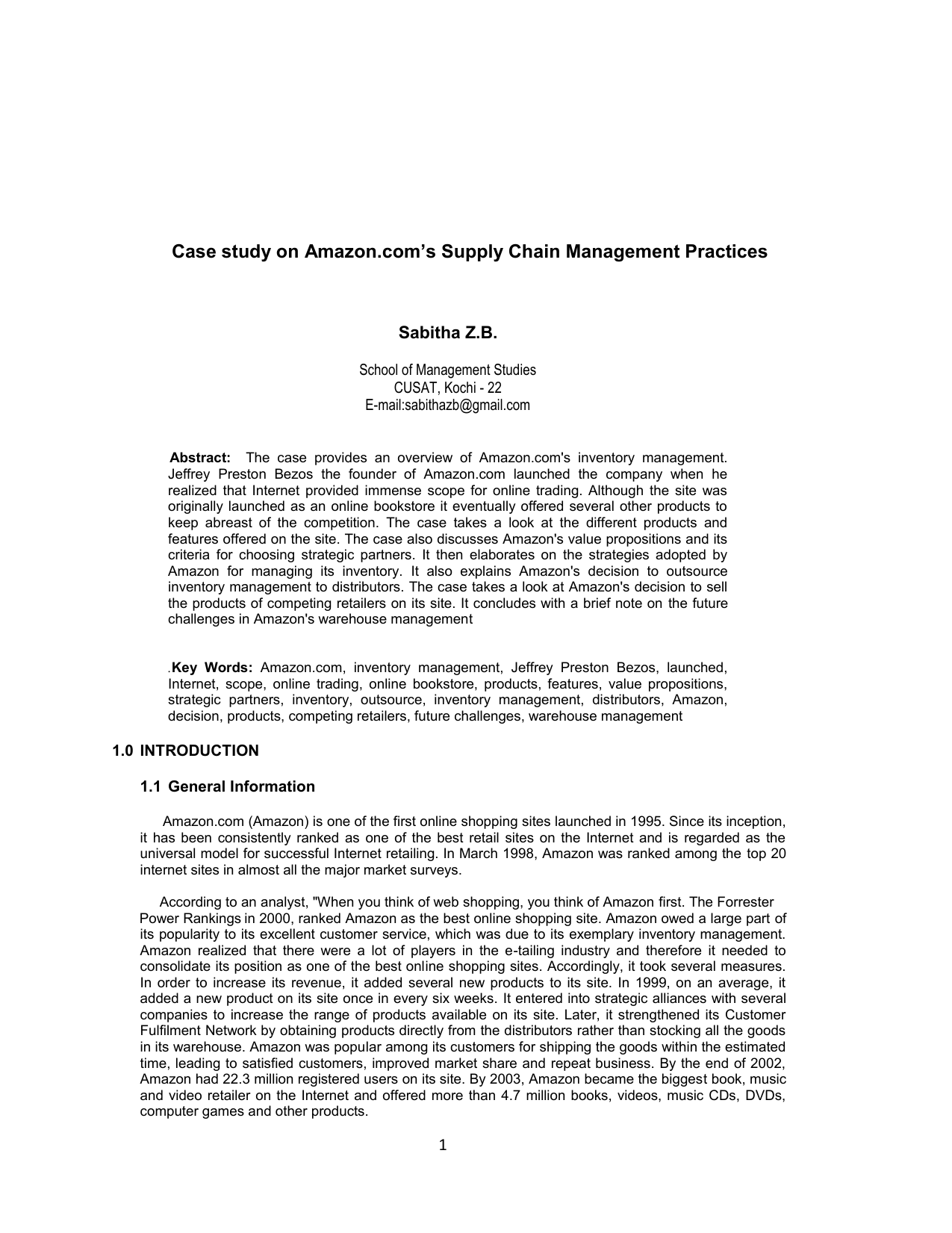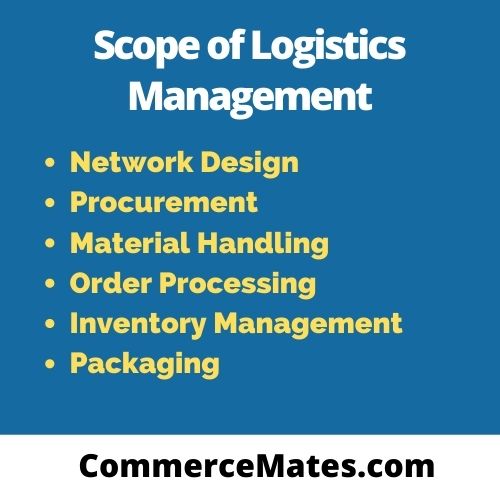Inventory management is a crucial aspect of any business that deals with physical goods. It involves the process of tracking and controlling the movement of inventory, as well as forecasting future inventory needs and determining the appropriate levels of inventory to maintain.
The scope of study in inventory management covers a wide range of topics, including inventory control systems, forecasting techniques, inventory valuation, safety stock levels, and inventory turnover.
One important aspect of inventory management is the use of inventory control systems. These systems can be manual or automated, and they help businesses track the movement of inventory, including orders, receipts, and deliveries. They also allow businesses to set reorder points and safety stock levels, and to generate reports on inventory levels and movements.
Another key aspect of inventory management is forecasting. This involves predicting future inventory needs based on historical data and market trends. There are several forecasting techniques that businesses can use, including trend analysis, seasonality analysis, and causal analysis.
Inventory valuation is another important aspect of inventory management. This involves determining the value of a company's inventory, which can be calculated using various methods, including the first-in, first-out (FIFO) method and the last-in, first-out (LIFO) method.
Safety stock levels are an important consideration in inventory management, as they help to ensure that a business has enough inventory on hand to meet demand. Safety stock levels are typically calculated based on the level of uncertainty in demand and the lead time for restocking.
Inventory turnover is another important aspect of inventory management. This ratio measures how quickly a business is able to sell its inventory and is calculated by dividing the cost of goods sold by the average inventory. A high inventory turnover indicates that a business is efficiently managing its inventory, while a low turnover may indicate overstocking or slow-moving items.
Overall, the scope of study in inventory management is broad and covers a range of topics that are essential for effectively managing a company's inventory. By understanding these concepts and implementing effective inventory management practices, businesses can improve efficiency, reduce costs, and increase profitability.
Scope & Limitations in Inventory Systems

Costs are usually stated by monetary value per order, as opposed to carrying expenses. This allows the company to plan for future inventory needs. Specifically, the authors model a pull-type, periodic, order up-to inventory system, and determine the review period by product type and the order up-to quantity by product type as model outputs. Comment: Min, Max reacting even more than R, Q because the orders are adjusted to consider the amount of inventory below the Min. By automating rotative tasks, an organization allows people to concentrate on more exceptional projects, including projects that encourage growth and improvement in product quality. The so called inventory turnover is not yet right to sell product on the shelves based on the principle of fifo cycle Kenneth lyson sans Moore et al,2003. Lead time is of fundamental importance in determining inventory levels.
Scope of Inventory Management

The in-transit inventory should be treated as an inventory, as the purchase, sale or subsequent repatriation items are not accessible in order to compute the expenses for carriage in inventory. Drop-Shipping - Dropshipping technique is a retail fulfillment method where a store does not keep the finished products to sells in its stock. By anticipating demand uncertainty, companies can manage stocks in the supply chain. The automation of warehouses combines machine training, robotics, and data analysis. What do you mean by economic order quantity? Formulation of policy: The policies of investment procurement, storage, handling, accounting, storages and stock outs, deterioration, obsolescence etc. This realization has come about because of increasing complexity of the task of managers and administrators.
Study on Inventory Management

Also, many areas such as inventory management systems, contribution of efficient inventory management to productivity, material issues, costs minimization and economy of operation, the impact of efficient inventory management especially as it concerns the area of study. The high work content of many produced items was a reasonable approach. . More leading manufacturers might go beyond a traditional stock loan, where the stock itself is the collateral. In most organization, the problem of effective inventory control is now viewed as the most critical problem with changes in social climate. The decisions to be taken are regarding the number of echelons, the number of storage points of each echelon, the location of central stores.







